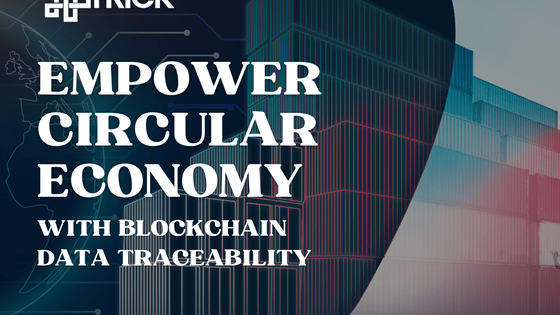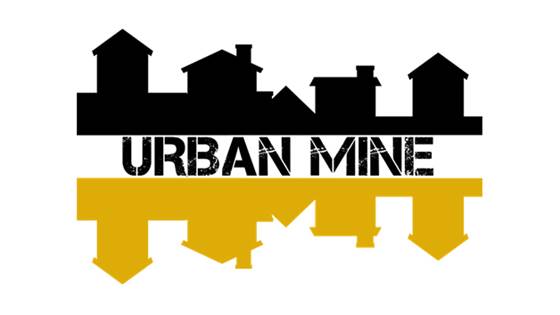
SolOPP - A highly efficient and stable electrode for solar-driven water electrolysis, interrogated by advanced operando and in situ techniques
The goal of the SolOPP project is to produce a stable Ta3N5-based photoelectrode that exceeds the limit of 8 mA/cm2 set by the EU and US Energy Departments as a target for commercial exploitation.















